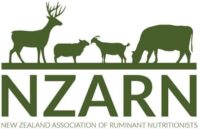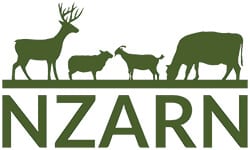Understanding and mitigating heat stress in NZ dairy cows – Kirsty Verhoek
Kirsty gave an overview of heat stress, measuring and mitigating heat stress and the new research in heat stress within NZ. In the summer of 2023 Dairy NZ carried out a trial reviewing heat stress, and while this was one of the wettest summer in over a decade, there was significant data including high wind

